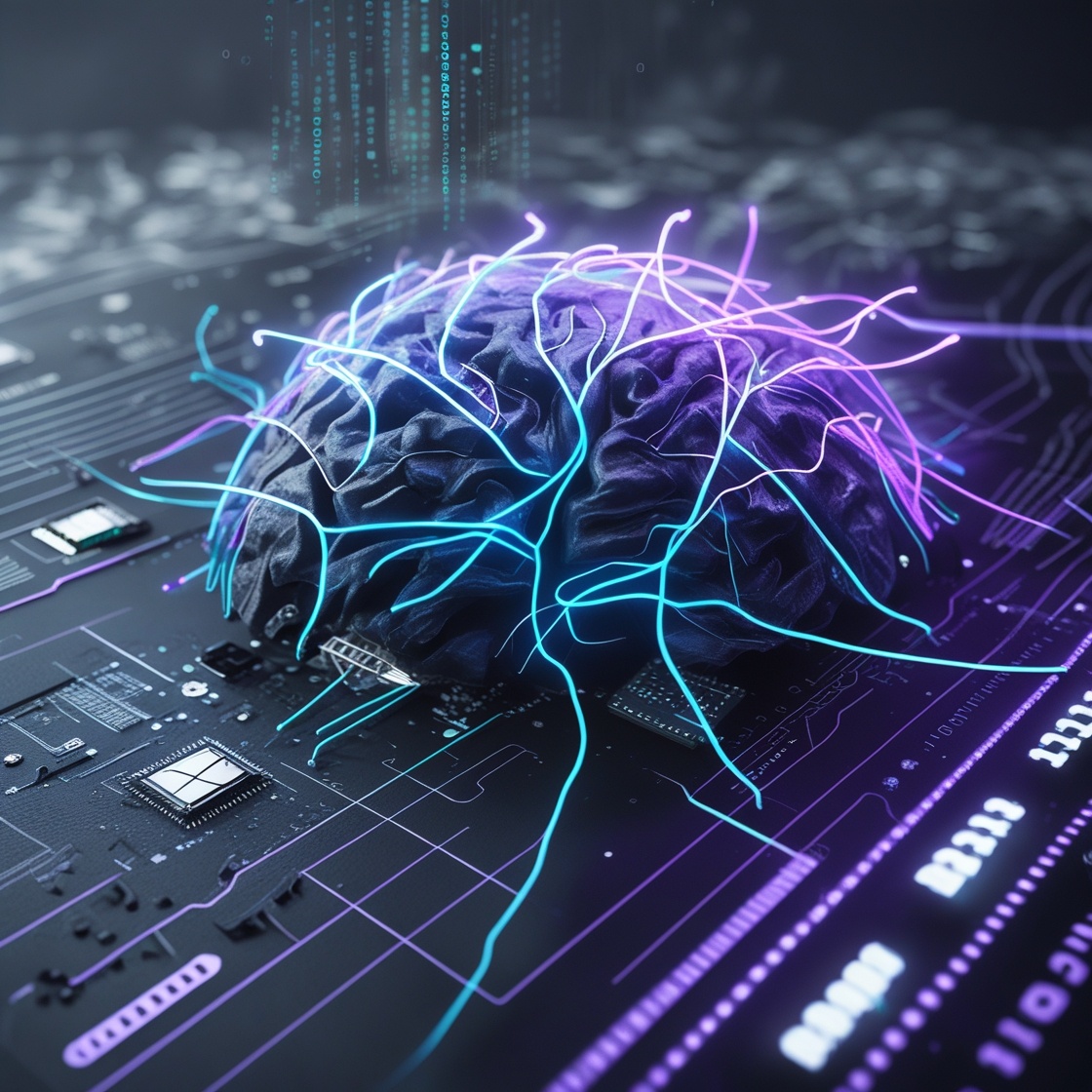Artificial Intelligence is ushering in a paradigm shift in how we work, what jobs we do, and how economies function. As machines become capable of cognitive tasks once exclusive to humans learning, reasoning, planning the very foundation of work is being redefined. Far from simply replacing jobs, AI is reshaping workflows, augmenting human capabilities, and creating new opportunities for innovation. This study explores how AI will transform the future of work and automation, what it means for workers, and how enterprises and societies must prepare.
Work is undergoing one of the most profound changes since the Industrial Revolution. Automation powered by AI is now capable of handling not only repetitive manual tasks, but also increasingly complex cognitive functions. Natural language processing, machine vision, decision-making algorithms, and predictive analytics are driving a new wave of automation across finance, healthcare, manufacturing, logistics, customer service, and beyond. According to a report by McKinsey, by 2030, up to 800 million jobs could be displaced by automation, but many more new roles will be created in return.
Contrary to dystopian fears of mass unemployment, many experts argue that AI is more likely to augment human workers than replace them outright. In practice, AI excels at processing large datasets, recognizing patterns, and executing routine decisions freeing humans to focus on creativity, strategy, and interpersonal tasks. For example, AI can assist doctors in diagnosing diseases faster and more accurately, while human clinicians make the final call. In marketing, AI tools generate campaign ideas, but brand managers decide how to execute them. This augmentation enables hybrid workflows that enhance productivity, reduce burnout, and drive innovation.
As AI transforms work, the skills most in demand are shifting. Roles that require emotional intelligence, critical thinking, ethical judgment, and human-centered design will grow in importance. At the same time, digital literacy, data analytics, and AI fluency will become baseline requirements in nearly all industries. The World Economic Forum predicts that over 50% of employees will need reskilling by 2025. Governments, educational institutions, and businesses must collaborate to create dynamic learning ecosystems emphasizing lifelong learning, micro-credentials, and flexible training pathways.
AI is not only changing existing jobs but also giving rise to entirely new categories of employment. Emerging roles include AI ethics officers, machine learning operations (MLOps) engineers, data annotators, prompt engineers, algorithm auditors, and human-in-the-loop specialists. These roles demand a fusion of technical understanding and human insight. For example, AI trainers help shape how models learn and behave, ensuring outputs are aligned with social and cultural contexts. As AI systems become embedded into every function, interdisciplinary roles at the intersection of technology, humanities, and business will flourish.
The impact of AI and automation will vary by industry. In manufacturing, smart factories will use AI to optimize production, reduce waste, and predict equipment failures. In retail, intelligent systems will automate inventory, pricing, and customer interactions. Healthcare will see administrative automation, remote diagnostics, and AI-assisted surgeries. In finance, AI will enhance fraud detection, underwriting, and algorithmic trading. Each sector will see different blends of displacement, augmentation, and role creation, depending on task complexity and regulatory environments.
The future workplace will be a hybrid ecosystem where humans and intelligent agents work side by side. AI will take over backend processes, provide real-time insights, and perform decision support, while humans lead with empathy, ethics, and adaptability. Tools like conversational AI, robotic process automation (RPA), and AI copilots will be embedded into daily workflows transforming not only how work is done, but how it is experienced. Employees will increasingly collaborate with virtual agents as team members rather than tools, requiring new frameworks for trust, oversight, and interface design.
Despite its promise, AI-driven automation poses serious challenges. Job displacement can exacerbate inequality and trigger social unrest if not managed inclusively. There is also a risk of algorithmic bias, loss of privacy, and reduced transparency in decision-making. Ethical dilemmas arise when AI is used for employee surveillance or performance scoring. To mitigate these risks, organizations must adopt responsible AI frameworks, ensure explainability, and engage stakeholders including workers in shaping automation strategies.
Governments have a critical role in ensuring that the benefits of automation are broadly shared. This includes updating labor laws, strengthening social safety nets, and investing in public education and digital infrastructure. Universal basic income, portable benefits, and job guarantee schemes are being debated as possible mechanisms to ease transitions. International labor bodies, unions, and AI coalitions must also collaborate on setting global norms that protect worker rights in a highly automated world.
Organizations must rethink their workforce strategies with AI at the core. This means mapping tasks and roles for automation potential, investing in digital tools, and redesigning jobs to emphasize uniquely human strengths. Transparent communication, inclusive upskilling, and ethical deployment are key pillars of responsible transformation. Leaders must also foster a culture of curiosity, agility, and resilience equipping employees to thrive alongside machines rather than compete with them.
AI is not the end of work it is the beginning of a new era. The future will belong to those who can adapt to change, harness the power of machines, and place human values at the heart of technology. With foresight, empathy, and collaboration, we can shape an AI-powered world of work that is more creative, inclusive, and fulfilling than ever before.
